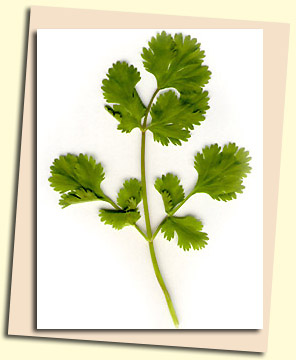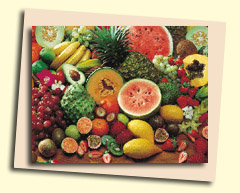 |
The dosha aggravates in their related seasons and one need to include
in his diet the foods that subdued the dosha. For example,
summer season corresponds to Pitta dosha, while the winter and autumn
is the season of Kapha and Vata. Spices hold a prominent place in
ayurvedic cooking and nutrition. Many of the spices used in Ayurvedic
cooking such as turmeric, ginger, cumin, fenugreek, coriander and
cardamom, etc are also medicinal herbs used in Ayurvedic herbal
formulations. When used in cooking on daily basis these spices greatly
improve the digestion, absorption and assimilation of food. They are
also helpful in improving one's appetite and elimination, nourish the
internal organs and correct doshic imbalances. There are six major
tastes explained in Ayurveda (sweet, bitter, pungent, sour, salty,
astringent) that have specific qualities and effects on body. Ayurveda
recommends the inclusion of all the tastes in the meal and spices
provide a harmonious blend of these six tastes.
Ayurvedic theory
of nutrition favors the use of vegetables, spices, whole grains and
fruits, as they are energy-boosters. These foods are said to have
natural healing and nurturing substances to such an extent, that when
one is completely on such a diet, the fatigue-causing toxins will not
accumulate in the body. Vegetables are very important for their
vitamins, minerals, roughage and freshness. Dark leafy green
vegetables are specially recommended in ayurvedic diet as they contain
minerals that no other vegetable contain. Fruits are also high in
vitamins and nutrients, provide instant energy, and termed as power
foods.
Another fundamental aspect of Ayurvedic nutrition is proper food combining
or food compatibility. In Ayurveda, not all foods are compatible, there
are certain foods when eaten together can disturb the normal functioning
of the digestive fire and promote the accumulation of ama (toxins) in the
body. |







